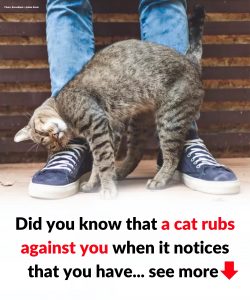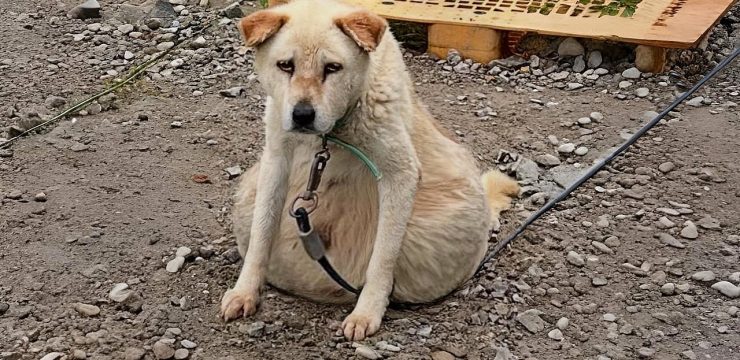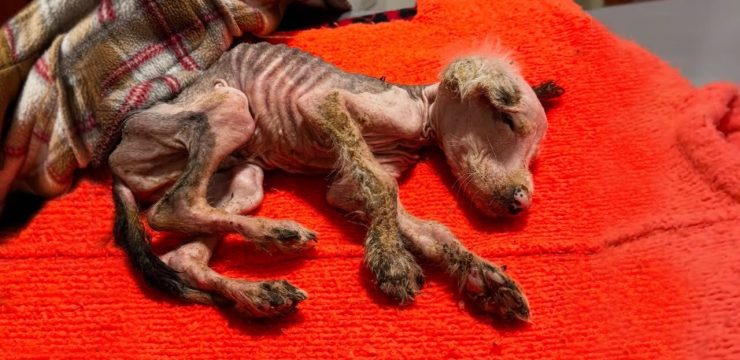Cats might not speak our language, but they sure have a way of getting their message across. From quirky habits to subtle signals, our feline companions communicate in their own unique style — often leaving us puzzled, amused, or deeply curious. Understanding these behaviors not only clears up confusion but also strengthens the bond between you and your cat. Let’s take a closer look at some of the most common — yet frequently misunderstood — things cats do and what they really mean.

Let’s start with something many cat owners have encountered at least once: finding a mysterious puddle of urine on a wall or piece of furniture. Your first instinct might be to assume something’s medically wrong, but that’s not always the case. When cats stand up and urinate vertically, especially on walls or vertical surfaces, they’re not necessarily having accidents. This behavior is known as urine marking, and it’s one of the most direct forms of feline communication. While it’s more typical in unneutered males, neutered males, females, and even spayed cats can engage in this behavior. It’s all about sending a message — not to you, but to other cats. By leaving their scent, they’re claiming territory and establishing boundaries. If another cat comes along and changes the scent by marking over it, the original cat may return and re-mark the area to reinforce their dominance. It’s a scent-based conversation that plays out in silence but speaks volumes in the feline world.
Now, imagine you see your cat panting, tongue out like a little dog. This might seem alarming, especially since panting isn’t a common cat behavior. Unlike dogs, cats don’t usually rely on panting to regulate their body temperature. However, in certain situations — such as after intense play or during particularly hot weather — a cat might start panting to cool off. This can happen on scorching summer days, especially in warmer regions like Texas. In addition to panting, cats also lick their fur to stay cool. The saliva evaporates from their coat, providing a mild cooling effect, similar to how we might use a cold towel on our skin. While occasional panting in the heat isn’t usually a cause for concern, persistent or heavy panting could signal a more serious health issue and should be checked by a vet.
Another common cat behavior that often brings a smile to your face is when your cat rubs against your legs the moment you walk through the door. While it feels like a sweet greeting — and it absolutely is — there’s more going on here than meets the eye. Cats have scent glands located on their faces, chins, and the base of their tails. When they rub against you, they’re transferring pheromones to you, essentially marking you as part of their territory. It’s their way of saying, “You belong to me,” and it signifies affection, trust, and a sense of security. They’re also reaffirming that you’re part of their safe space. So, when your cat gives you that affectionate leg rub, it’s expressing love, ownership, and familiarity all at once. It could also be signaling that they want something — food, attention, or a good petting session.
However, while rubbing behavior is generally harmless and even heartwarming, it can sometimes be a red flag. If your cat suddenly starts rubbing more often than usual, or if the rubbing becomes unusually aggressive, it might be time for a vet visit. Increased or excessive rubbing could indicate a number of underlying issues, including allergies, fleas, ear infections, or even neurological problems. It’s always best to err on the side of caution and consult a professional if something feels off.
On the flip side, if your cat is showing signs of discomfort — like ears flattened back, eyes narrowed to slits, and whiskers pulled tight against its cheeks — it’s trying to tell you something, and it’s probably not good. This combination of body language is your cat’s way of saying, “I need space right now.” It’s not aggression; it’s a defensive posture that shows your cat is either irritated or anxious. Respect this signal by giving your cat some breathing room. Ignoring these signs could lead to scratches or bites, not because your cat is mean, but because it felt cornered or overwhelmed.
Now, let’s talk about one of the most entertaining yet baffling feline behaviors: the pre-pounce stomp. If you’ve ever seen your cat suddenly freeze, lock its gaze on a toy, insect, or even a shadow, then start doing a weird little foot shuffle before launching itself — congratulations, you’ve witnessed one of the oldest instincts in the cat world. This behavior is deeply rooted in their natural hunting instinct. The paw-stamping is a preparation move, akin to an athlete psyching themselves up before making a big leap. Their pupils widen, their body tenses, and all their focus zeroes in on the target. It’s both adorable and awe-inspiring — a window into the wild roots of our domesticated companions.
In the end, even though cats don’t speak with words, they’re incredibly expressive through body language, scent, and behavior. Each flick of the tail, each gentle rub, and each stare carries meaning. These little quirks and habits aren’t random; they’re deliberate acts of communication. When you take the time to decode them, you begin to see your cat in a whole new light — not just as a pet, but as a complex, intelligent being with its own thoughts and emotions. So the next time your cat does something that leaves you scratching your head, try looking at it through their eyes. Chances are, they’re trying to tell you something important in the only way they know how.





